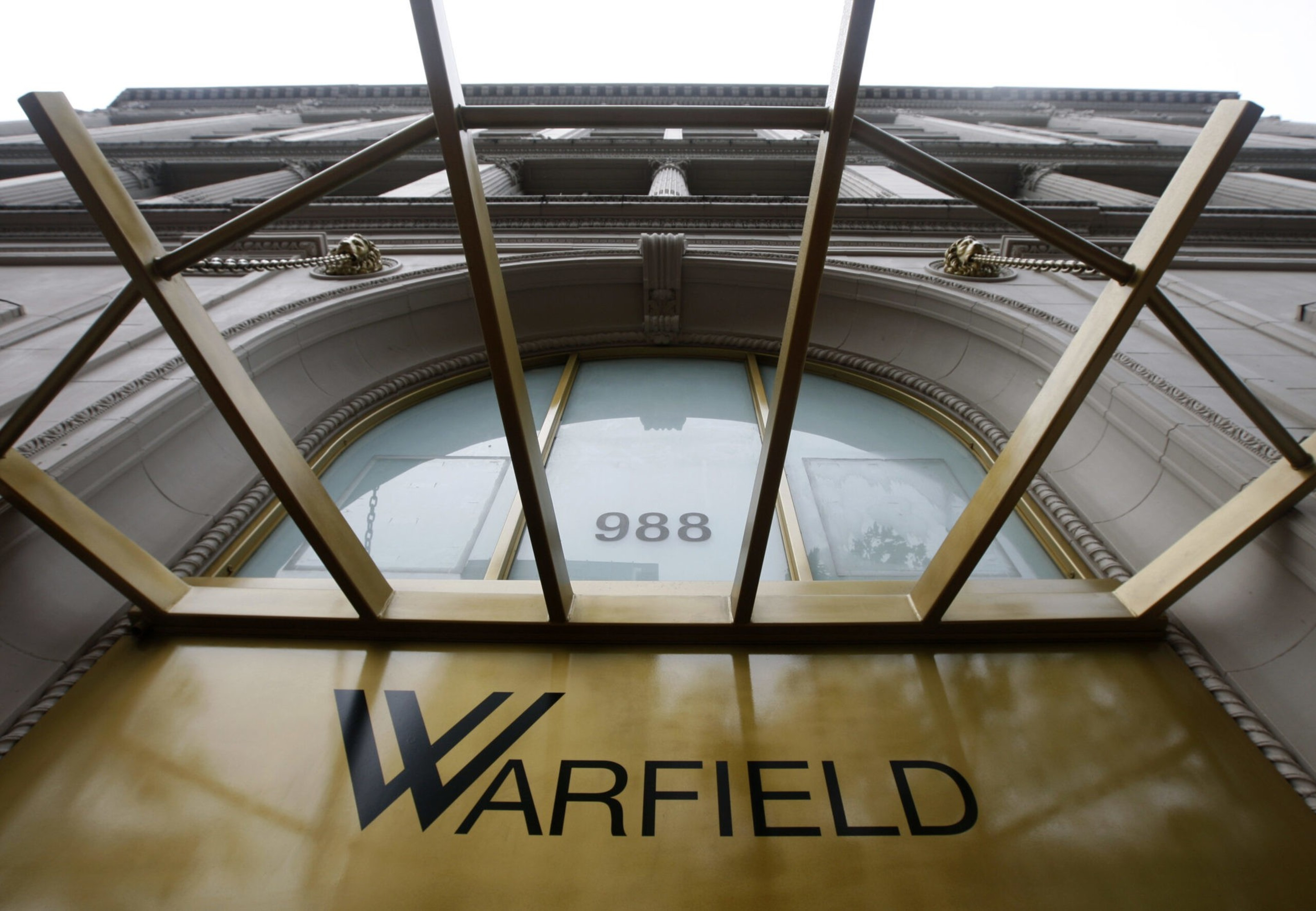As policymakers mull how to convert empty office buildings into much-needed housing, one architect believes he has the key to making those ambitious projects happen.
There is a litany of reasons why only one office-to-residential conversion project has been proposed since the pandemic—a slice of office space of historic Warfield Building that would be turned into 34 apartments. Among them are the owners of office buildings holding out hope for a miracle recovery, and the sheer cost.

But as office values begin to decline (opens in new tab), architect Mark Hogan says he’s found a way to make office-to-residential conversions more feasible: think small.
Hogan’s firm, OpenScope Studio, found that pre-1950 commercial buildings under nine stories tall—the best candidates for conversion from a design perspective—also have higher vacancy rates and lower prices than the broader market.
The upshot? Low-rise, Class C buildings Downtown could be ripe for conversions that could be done quickly—without subsidies, but with tweaks to codes. Importantly, these buildings are more likely to qualify for historic tax credits to make financing conversions easier.
“It’s pretty similar to the change of use in office space where you’re converting large storage rooms, mechanical rooms and parking garages into living space and often adding a pretty substantial number of units in the process,” Hogan said.
OpenScope put together a research document (opens in new tab) laying out how office-to-residential conversions could be streamlined, using already implemented policies (opens in new tab) around multifamily accessory dwelling unit (ADU) conversions as a blueprint.
Hogan highlighted a project (opens in new tab) at 2775 Market St. in the Castro where the firm turned existing garages and storage spaces into six apartment buildings. In another project in Pacifica, the firm was able to turn tuck-under parking into 42 new affordable apartments. Because these projects don’t expand the building’s footprint, there are far fewer requirements in terms of community meetings and notification.

In San Francisco, building, fire and planning departments collaborated to create building code equivalencies to make these ADU conversions more feasible. Essentially, this means establishing clear guidelines for alternatives to modern standards for entrance, exit, open space and access that can work in older, historic buildings.
That same process could pave the way for office-to-residential conversions.
At the Board of Supervisors meeting Tuesday, Board President Aaron Peskin introduced a resolution (opens in new tab) that charges the Planning Department with collecting a list of prime candidates for conversion and identifying financial and policy barriers to doing so.
“There is no silver bullet, but maybe some silver buckshot. This is one of those pieces of buckshot for addressing Downtown,” Peskin said at the meeting. A report from city officials is expected to be delivered next month.
Hogan suggested equivalences like categorizing fire escapes as a second means of exit or allowing use of existing elevators, rather than installing much larger elevators required under current building code. Open space requirements would also likely need to be modified to help projects pencil.
The building and planning code changes mirror some of those in the Los Angeles Adaptive Reuse Ordinance, which is credited for building some 14,000 units in the city’s historic downtown core. A key part of that law was loosened building requirements (opens in new tab) around seismic retrofitting.
While San Francisco’s planning code currently provides a number of potential exemptions (opens in new tab) for Downtown conversions, including around open space requirements, parking and loading space, none of these are guaranteed. Hogan said he’d like to see a list of exemptions that are codified in the case of conversions.
“The certainty in something like LA’s ordinance provided is really important,” Hogan said. “When someone is going into a project like this, they don’t want a big question mark hanging over whether the Planning Commission will make a favorable decision.”
There are still open questions, particularly around affordability requirements.
For multifamily ADU conversions in San Francisco, building owners sign a waiver of their Costa-Hawkins rights that ensures the units are rent controlled; however, no such provision would exist in the case of office-to-residential conversions.
Hogan said the projects would be subject to the city’s inclusionary housing requirements, although these policies are being reassessed in line with the mayor’s new housing directive.
That housing directive, which was put in place to help San Francisco’s unprecedented goal of building 82,000 units over the next eight years, also aims to speed up the long process of building and permitting, a perennial complaint among developers.
“One important piece that San Francisco has not effectively dealt with at all is how do we make the nuts and bolts of the permitting process go faster,” Hogan said. “Everyone’s so fixated on zoning, but I would say that a lot of the dysfunction in just getting permits issued is a bigger problem because it really discourages people from doing projects here.”
